See area D on Aerial Photo Map.
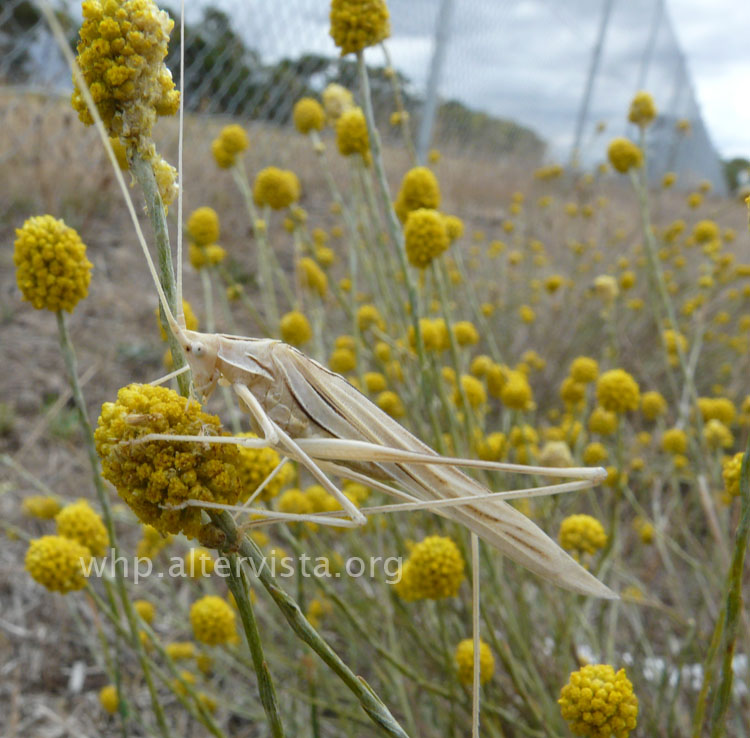
The 45 ha strip of land between Sunbury Road and Moonee Ponds Creek was, at the time the 1997 Management Plan was written, leased to Parks Victoria by the Federal Airports Corporation (since privatised). The original back paddock extended onto this land.
The management plan contains the following statement regarding this land on page 29:
...provides a buffer between the Park proper and Melbourne Airport, and is part of an important wildlife corridor along the Creek.and on page 30:
Explore possible future addition of the FAC land between Moonee Ponds Creek and Sunbury Road to the Park.
Furthermore, Figure 4 in the management plan shows the area to the south of the old back paddock as a seasonal horse riding area, connecting to a proposed horse riding trail through the Mitchell-Lasry quarry land.
All this seems to have been forgotten when Parks Victoria attempted to lease out the land together with Woodlands Homestead and adjacent paddocks (or sub-sub-lease since the airport is under long term lease from the federal government). Unfortunately they neglected to seek the Airport's permission for this. Consequently the land is no longer leased to Parks Victoria.
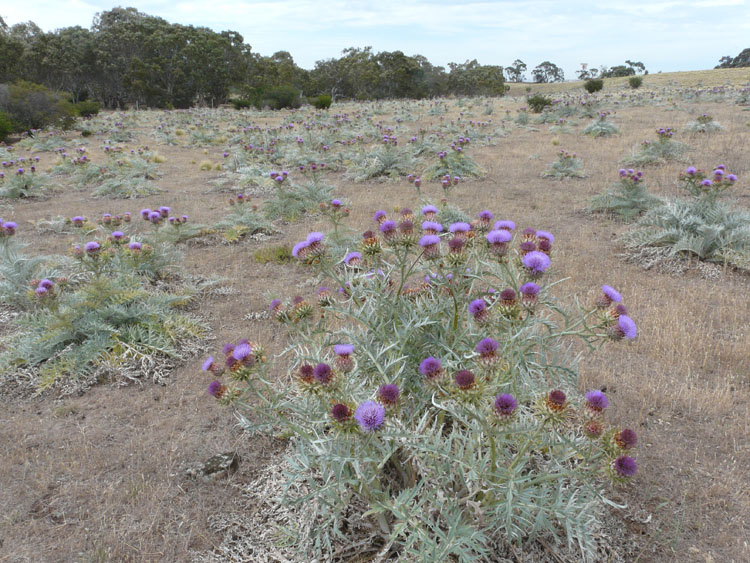
The land is a liability to the airport operator since it is mainly dominated by Chilean Needle Grass, which has very little nutritional value for grazing animals. There are also major infestations of Serrated Tussock (an almost inedible grass), Artichoke Thistle, Cape Tulip and Paterson's Curse. The latter two can poison stock. Furthermore the grazing pressure from Kangaroos seems to be very high, more so than anywhere in the park, perhaps because people don't take their dogs there. Despite all these negatives, the airport operator constructed a new Kangaroo-friendly electrified stock fence on the creek side of the land in 2015, as well as a chain-mesh fence along Sunbury Road. (Note that the former fence is in general not on the park boundary, which is unmarked but closer to the creek.) The intention appears to be to stock the land with cattle to get at least some revenue from it. One would hope that they would spend any such revenue on control of the noxious weeds.
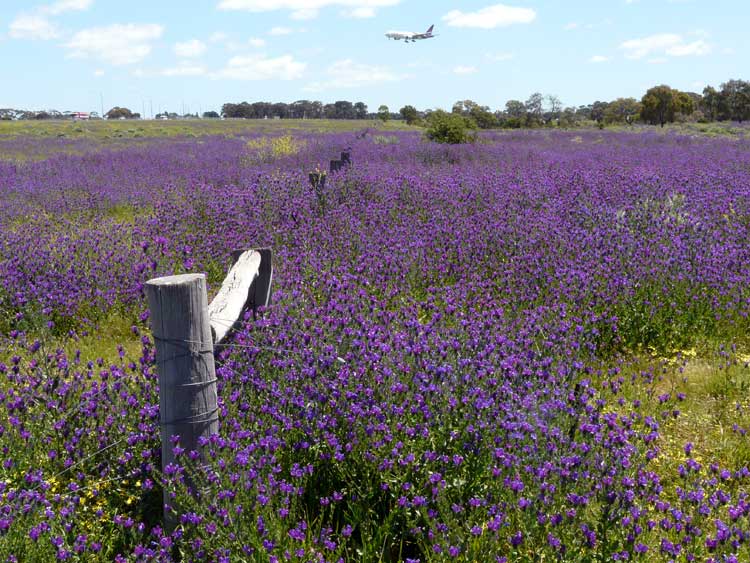
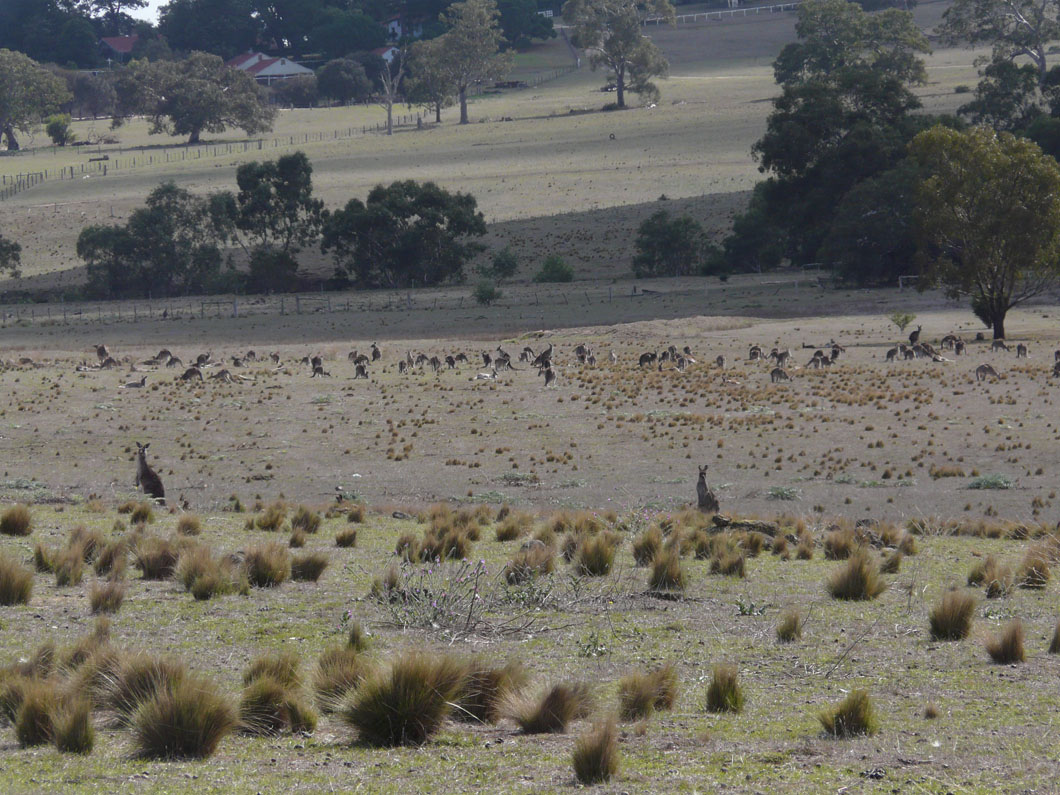
There is an area of Red Gums at the southern end, and some recent revegetation with Bulloke, Sweet Bursaria and shrubs at the northern end. The latter is mentioned on the Friends of Woodlands Historic Park site.
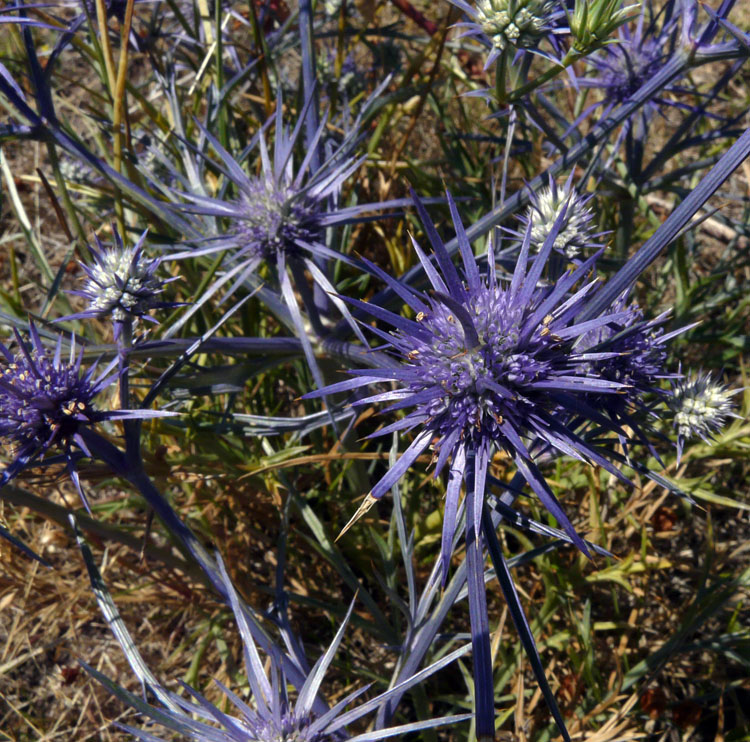
Apart from this woody vegetation, there is a tiny patch of the original grassy flora adjacent to Sunbury Road, a remnant of the endangered Western Basalt Plains grassland or grassy woodland which was clearly destroyed when the new Sunbury Road was constructed. It consists of Kangaroo Grass and a small suite of broad-leafed plants, including healthy populations of the daisy Lemon Beauty-Heads (of which there are just three plants in the park at last count) and a Geranium species, with smaller numbers of Blue Devils and a Bluebell species. Variable Glycine was seen in 2011 but may not re-appear unless the patch is burnt. The patch is threatened by the noxious weeds mentioned above and also by Phalaris, Blanket Weed, Cape Tulip and Sweet Briar. Collateral damage from spraying of Artichoke Thistle has also been a problem.